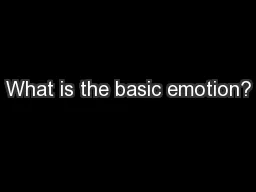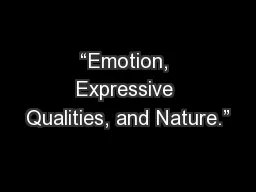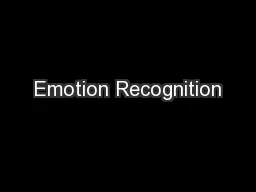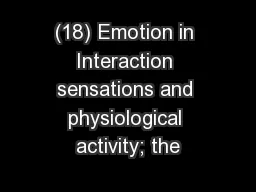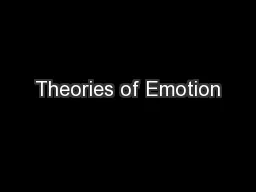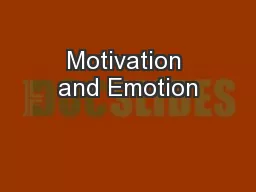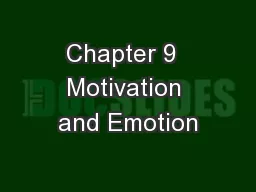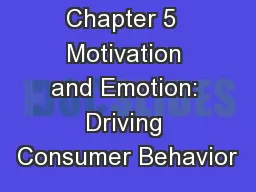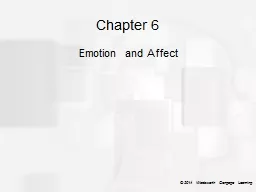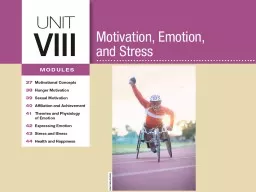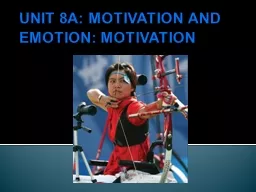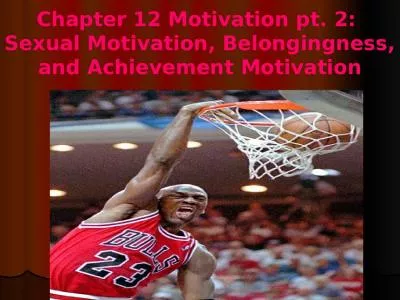PPT-Emotion and Motivation
Author : lois-ondreau | Published Date : 2016-03-09
Vanessa Urbina Kelly Larsen Sara Slayden Pride What is pride What are the characteristics of pride What does pride look like httpwwwyoutubecomwatchvk013www0as What
Presentation Embed Code
Download Presentation
Download Presentation The PPT/PDF document "Emotion and Motivation" is the property of its rightful owner. Permission is granted to download and print the materials on this website for personal, non-commercial use only, and to display it on your personal computer provided you do not modify the materials and that you retain all copyright notices contained in the materials. By downloading content from our website, you accept the terms of this agreement.
Emotion and Motivation: Transcript
Download Rules Of Document
"Emotion and Motivation"The content belongs to its owner. You may download and print it for personal use, without modification, and keep all copyright notices. By downloading, you agree to these terms.
Related Documents


